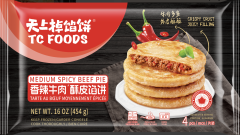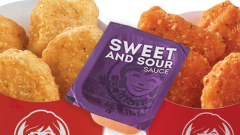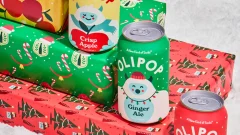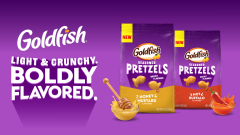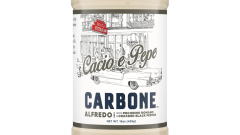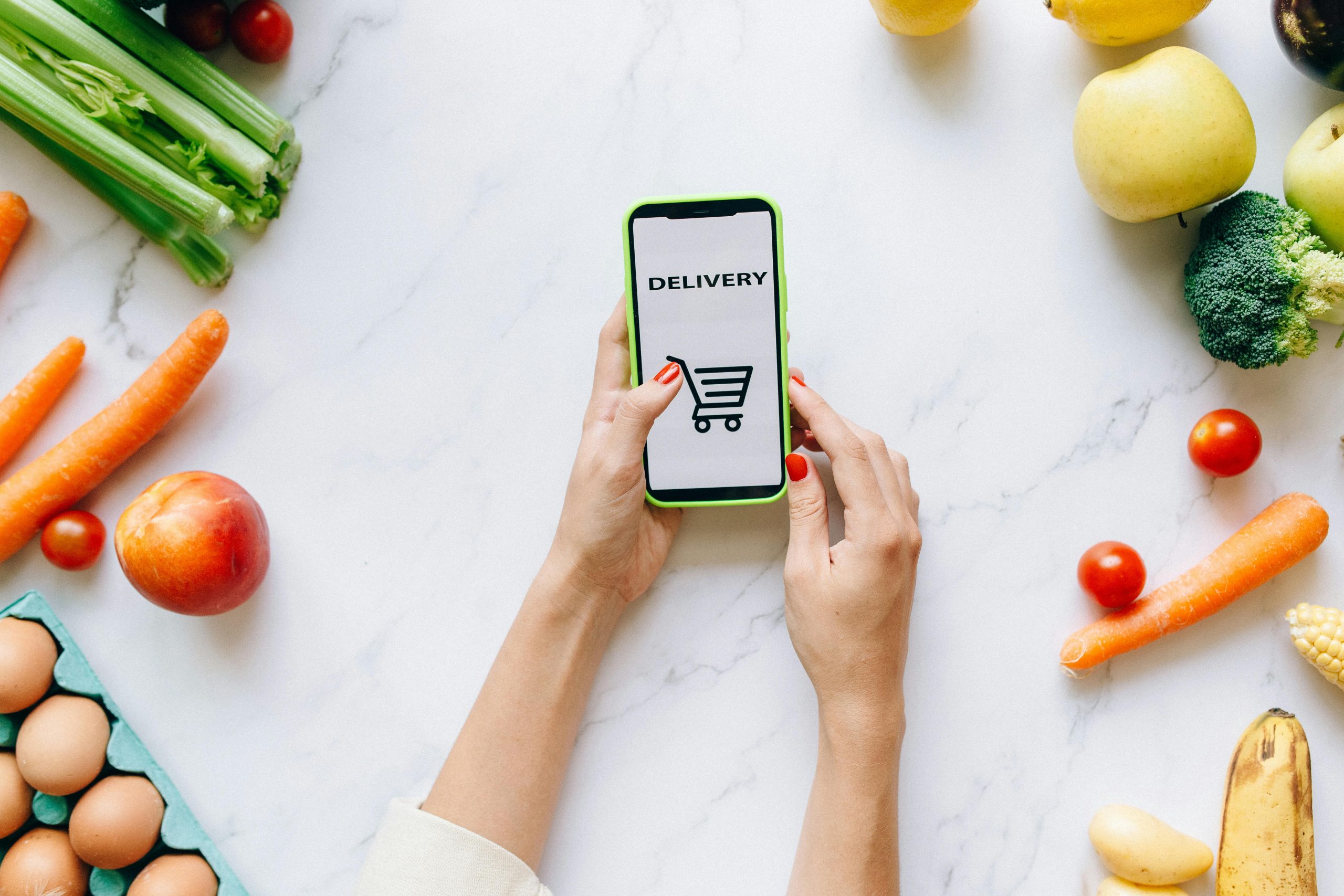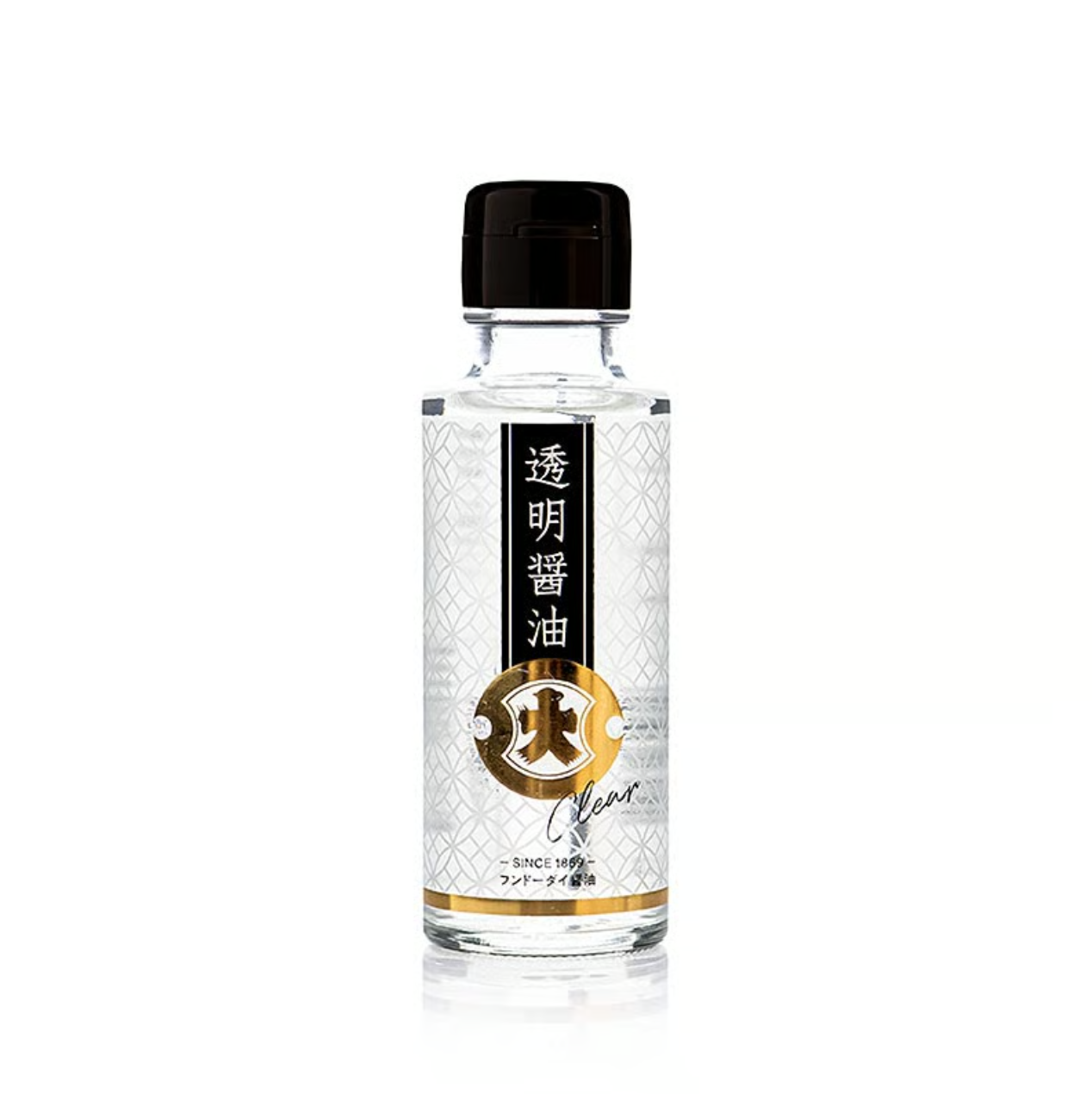Why Canned Foods May Be More Nutritious Than The Fresh Stuff
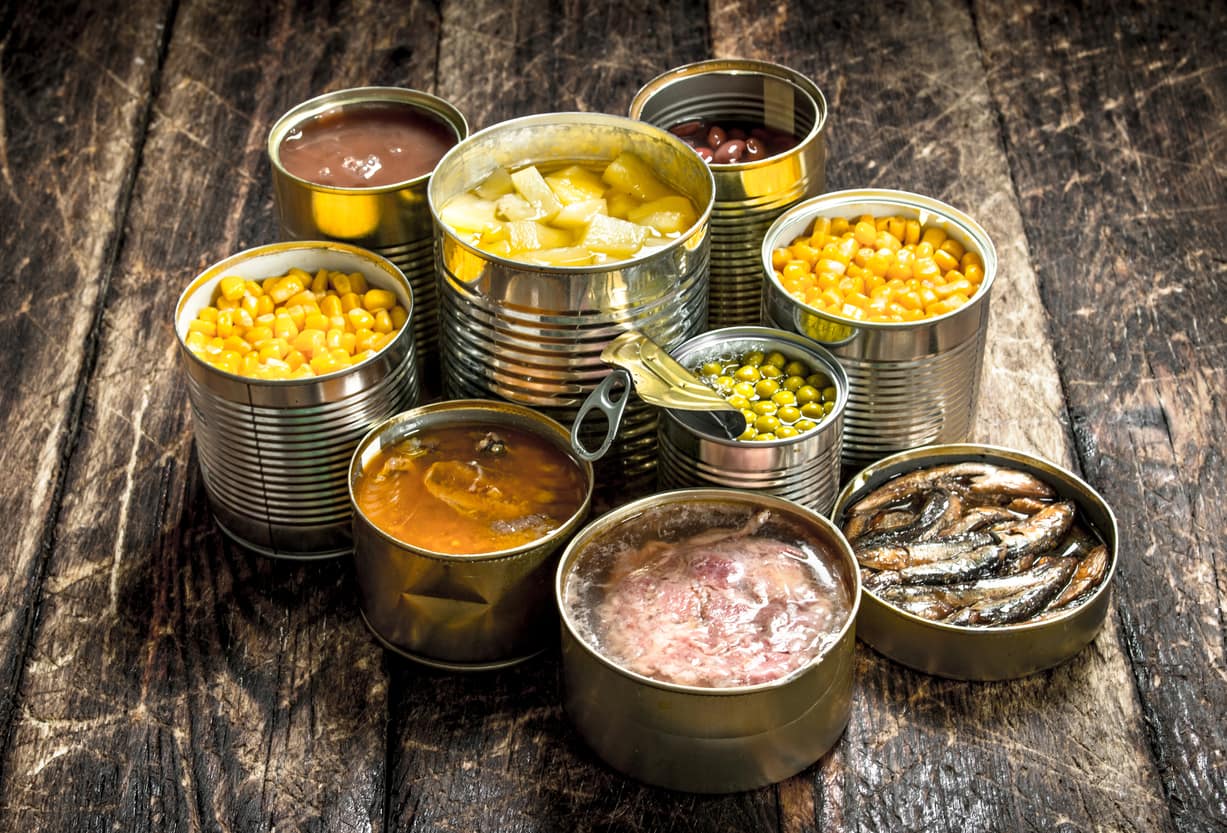
When it comes to comparing fresh food versus canned food, one of the starkest differences between the two has to be shelf life, or how long a product can last. Most produce and meats won’t stay fresh more than a couple of days, even in the fridge or after being cooked. They’ll begin to lose flavors, change texture, and eventually spoil. Canned food, on the other hand, won’t change at all over the course of months, or in some cases, even years.
Of course, this leaves the question of how canned goods can keep for as long as they do without going bad. This has led to a number of misconceptions about the entire industry, including that they use a plethora of preservatives (not really) and are less healthy than their fresh counterparts (in some cases, canned food may actually be healthier).
Once you understand how canning works, though, it may open your eyes as to how the shelf-stable food is not only good to eat months after its made, but also why it may be, in some cases, a more nutritious option than consuming fresh food.
The History and Science of Canning

The process of canning was first invented in the early 1800s by French chef and candymaker Nicolas Appert. He developed canning as a way to preserve food using heat that won a prize from Napoleon Bonaparte, who was looking for a novel way to feed his troops. Appert first started by sealing foods in glass jars with wax. This was later shifted to tin cans, the basis of modern canning operations today.
Appert’s process was a form of sterilization, only instead of using chemicals (which is what many people recognize it as today), he was using heat to kill bacteria. This was similar to what Louis Pasteur did in 1864 when he invented the pasteurization process used in milk and juices, but Pasteur was looking to just kill pathogens, or disease-causing microbes. Other bacteria, including those that didn’t need oxygen (called anaerobes), could still grow and multiply over time.
Where Appert’s process differed was in that he used an airtight environment, as well as a greater amount of heat. This combination meant that bacteria and other spoilage microbes inside would be killed and unable to regrow. One of the biggest threats came from anaerobic bacteria that produce heat-resistant spores. The type of sterilization in canning uses enough heat to prevent these spores from ever having the chance to grow and multiply.
All of this happened without the need for preservatives that go into products like packaged cereals and other shelf-stable foods. While some canned products contain salt, sugar, or acidic products like vinegar, these are meant more for flavor, color, and texture than they are for the preservation properties they often have in foods.
Sterilization does also cook the food inside, meaning that textures will change as a result.
How Canning Changes Food

Today, canning has evolved to utilize more sturdy packaging and scientifically-controlled heat. Food processors use enough heat at an appropriate time needed to kill the requisite bacteria or spoilage organism in question. Scientists target specific microbes for each food based on its acidity, moisture content, the heat resistance of the target microbe, and other factors.
More than just keeping bacteria from spoiling food over months, though, canning has other benefits. One of the biggest is that food preserved by canning is often sterilized straight from being harvested. Over time, the nutritional and sensory qualities of food decrease over time when exposed to a normal environment. This means that technically, a peach that’s been on the shelf for a couple weeks has less available nutrients, flavor, and color than one picked fresh from the tree. Compounds naturally break down over time, so this is natural.
In canning, however, food is preserved much closer to the harvest point, and are subject conditions (including that airtight seal) that prevent degradation from occurring as fast. Thus, nutrients may be more available from a canned food compared to the fresh version in grocery stores. That’s not true for all nutrients, however. Some water-soluble nutrients like Vitamin C and some B vitamins, leach into water surrounding the food or are destroyed by heat while the food is sterilized. You’ll see a decline in these nutrients overall when cooking, regardless of process.
The next time you’re looking at purchasing canned food and judge it for being “lower quality,” as its often perceived, you might want to keep the above in mind. More often than not, canned food is just as nutritious as the fresh variety and can last a lot longer without the need for preservatives.
Information used in this article was obtained from:
Fellows, P. J. (2009). Food Processing Technology: Principles and Practices, 3rd Edition. Cambridge: Woodhead.




